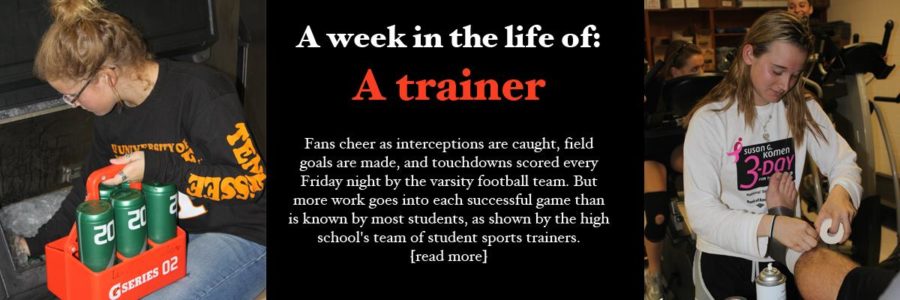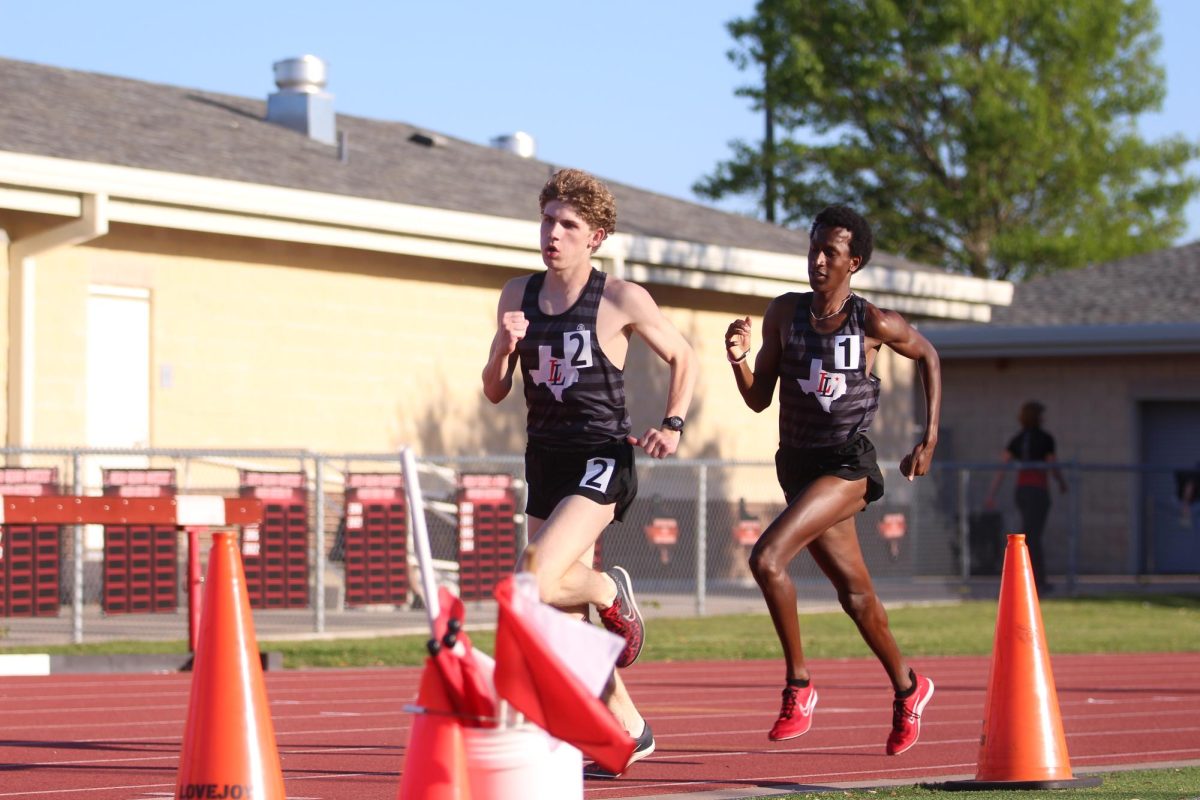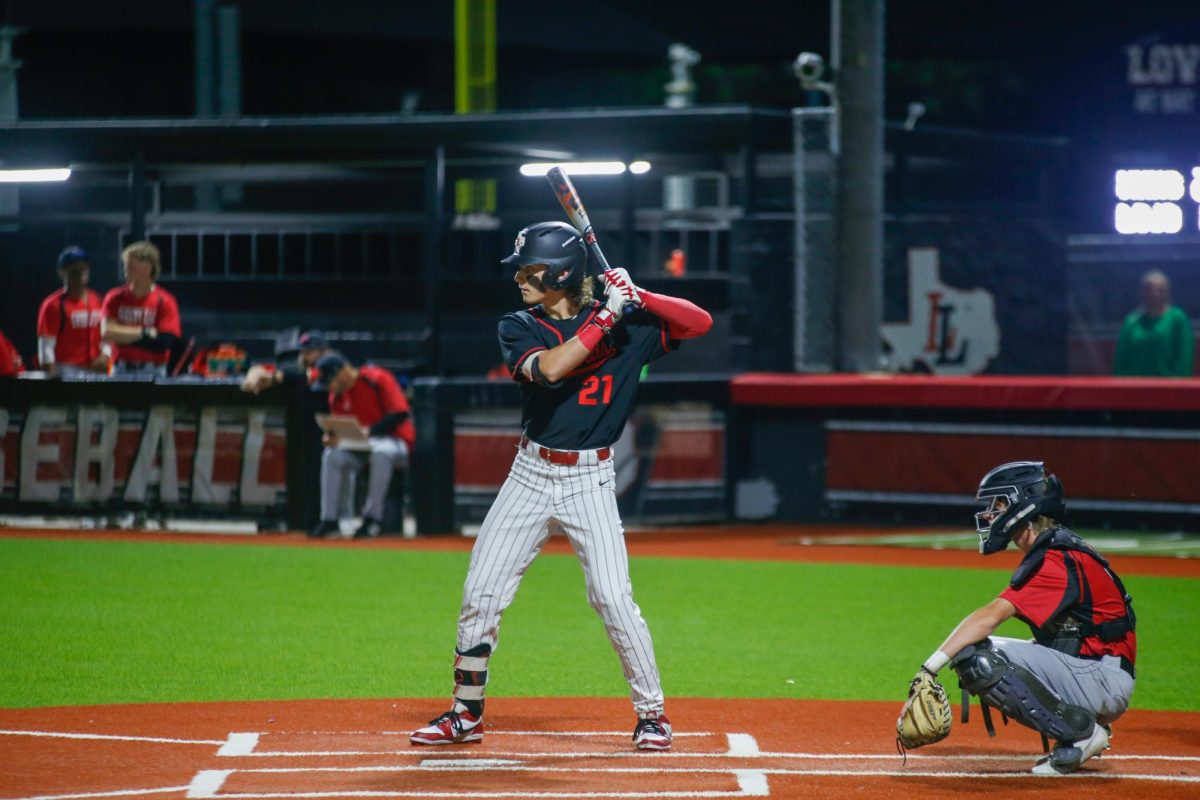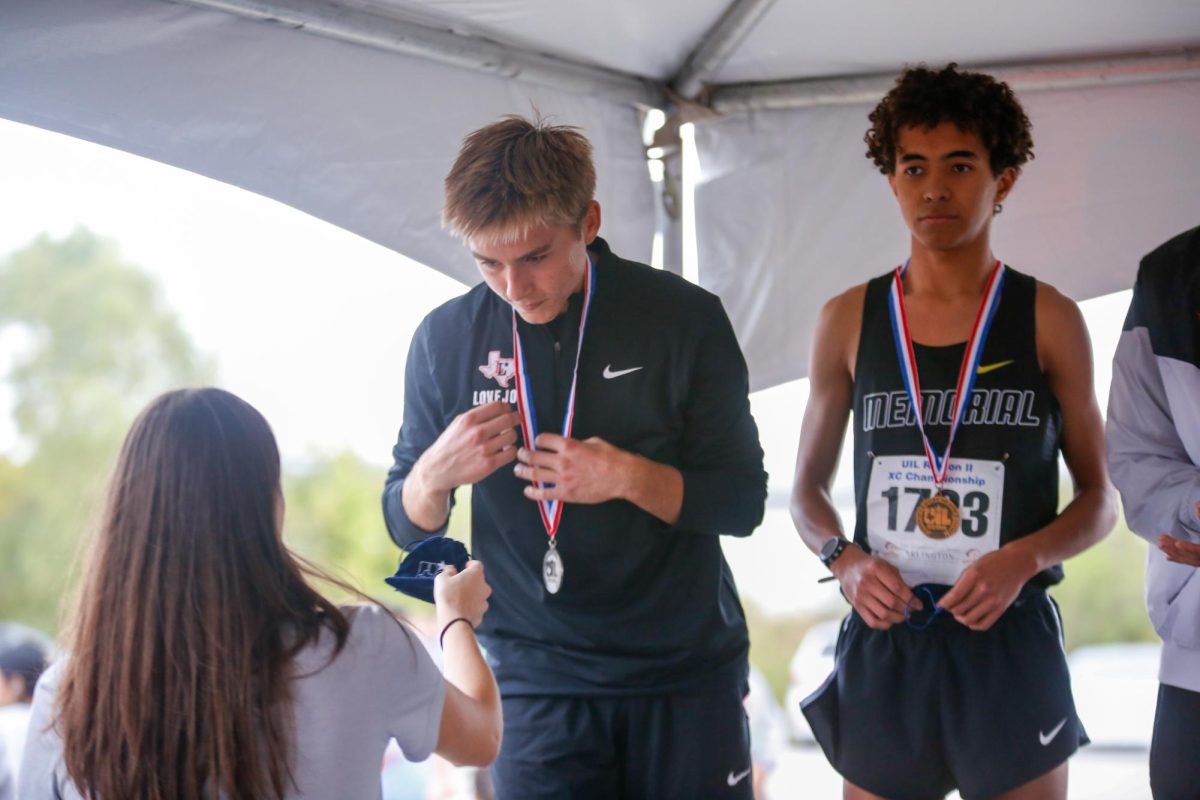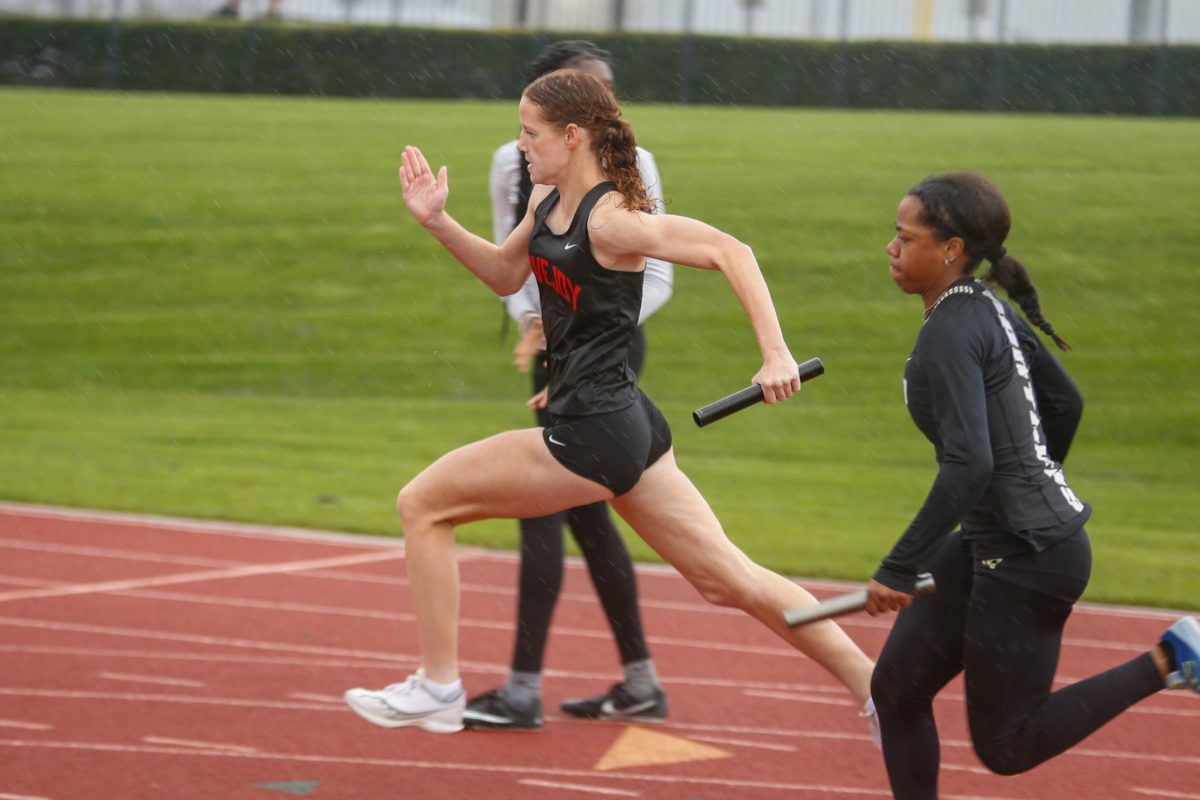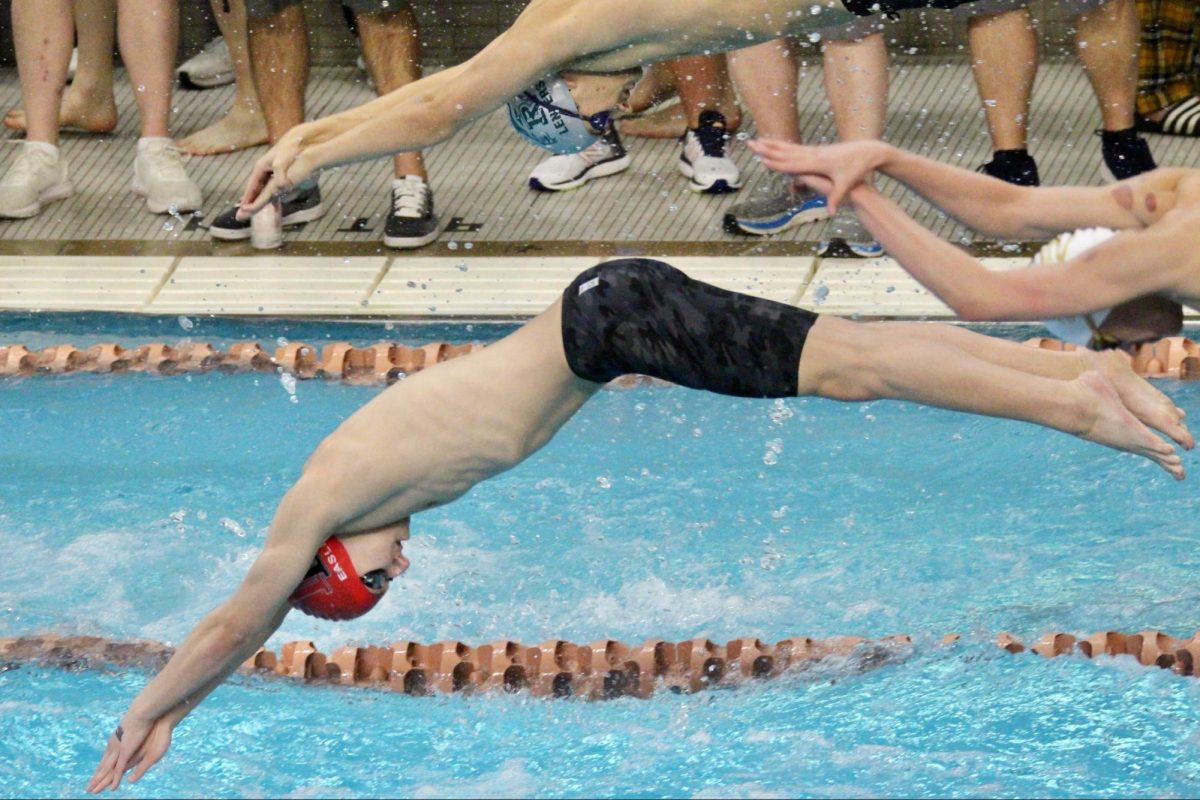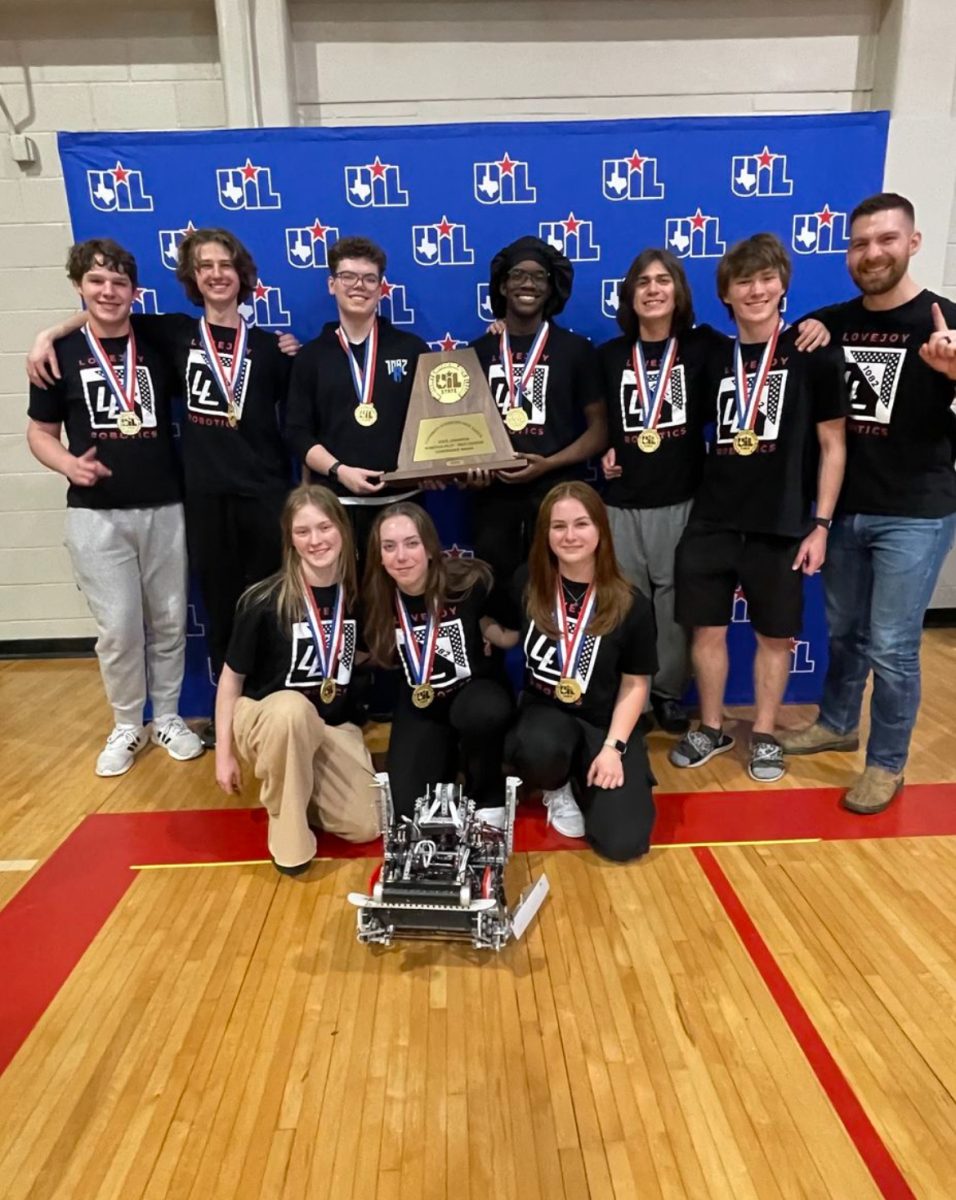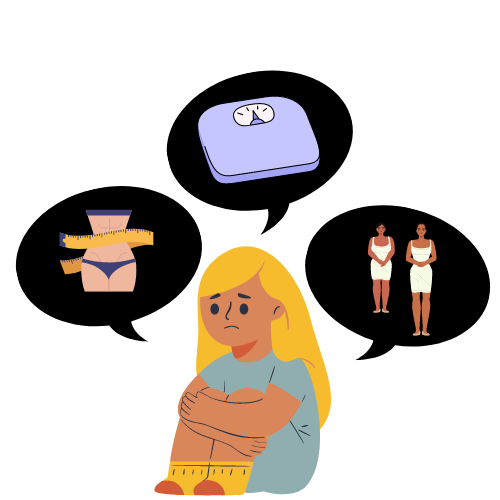Fans cheer as interceptions are caught, field goals are made, and touchdowns scored every Friday night by the varsity football team. But more work goes into each successful game than is known by most students, as shown by the high school’s team of student sports trainers. To some fans, they may seem nothing more than glorified water boys and girls. But to the athletic program, student sports trainers are a must have.
Sports training is offered as a class where students can learn, both through textbooks and hands-on experience, the various roles of being a physical trainer. As such, the student sports trainers work with every sport to keep players healthy and active, with football being no exception.
“The students start preparing for a career in sports medicine by learning hands on skills,” athletic trainer and health teacher Susan Smiley said. “Some of the students take Medical Terminology with Amy Tokarz, but then they’ll also take Sports Medicine with Coach Q or myself. Sports Medicine is specifically sports injury-related. A lot of the work is hands-on, but they learn how trainers do paper work and insurance as well.”
Monday
“The training room [located in the field house] opens at 7:00 a.m. everyday for rehab and evaluations of players,” junior Meagan Petty said. “From 7:00-8:50 a.m. we do laundry, get ready for baseball and cross country, and add ice to the waterboys, the giant water bottles. Athletes with new injuries come in and get evaluated, and athletes with older injuries trying to return to play do rehab with Coach Smiley and Coach Quentin Oliphant, the sports trainers.”
After school, the work continues.
“Athletes who need to be taped line up and Coach Smiley and student trainers tape their various injuries,” Petty said. “Ankle-wounds, thumbs, and wrist tape jobs are the most common. Those who aren’t training get changed for football practice, then get the water ready.”
“The athletic trainers are divided into three groups; offense, defense, and freshman. Each group alternates positions each week. Whichever group is on freshman takes whatever is needed and goes to the multi-purpose building where they get the waterboys ready,” Petty said. “There’s one for the freshman team, and two for junior varsity and varsity. The trainers still in the training room get the other two waterboys ready.”
By 4:15, practice starts, and trainers begin their rotation between offensive and defensive positions. The Monday football practice lasts, on average, two hours, Student trainers are on the field for the majority of each practice session, on call in case of injury and to keep the players hydrated. After practice, the water bottles used by the football team are thoroughly cleaned to ensure sanitation.
Tuesday
Student sports medicine trainers are, once again, present in the trainer room by 7:00, earlier than most students even wake up, to assist Coach Q and Coach Smiley with rehab treatments.
Common forms of morning rehab for injured players include; running on the training room’s elliptical or mechanic bike, icing or heating the injured area, stretching, receiving treatment from the room’s ultrasound, or a form of shock therapy called InnerX. Each treatment given is specialized for the injury a player has suffered.
“I pulled a muscle in my shoulder blade because we had to hit the same shots over and over again in volleyball,” junior Abbey Bankes said. “I had to go to the trainer every morning to stretch my shoulder.”
After school, the sports medicine staff begins setting up for football practice. These preparations last from 3:25 p.m. to 4:15 p.m. when the 2-hour practice begins. The majority of the practice is observed by trainers, who stay after to clean the waterboys.
Wednesday
Trainers reach the locker room by 7:00 a.m. and begin preparations on the water bottles and waterboys for the afternoon’s practice.
Water is one of the main priorities for the football team, and the responsibility for it is placed on the sports training staff.
“We man the waterboys for each practice, and on Monday, Wednesday, and Friday we wash the water bottles in the whirlpool. On Tuesday, Thursday, and Friday we clean the waterboys,” Petty said.
Freshman, J.V., and Varsity’s Wednesday practice lasts 1 hour and 20 minutes, of which the trainers observe and man the waterboys.
Thursday
Rehab begins at 7:00 a.m. in the trainer’s office and goes to the start of the school day. Trainers continue to help Coach Smiley and Coach Q treat the various ankle, thumb, wrist, and other sports injuries.
“I injured my hip the first time I ever ran cross country in seventh grade, and I still have it now, so I’m going back and forth all the time,” junior Sydney Prendergast said. “I have to take time off from running, then start icing and stretching my hips, and then the trainers give me exercises to strengthen my hips so it won’t happen again. I work with bouncy balls and stretchy bands.”
In addition to practices, student trainers are also present for football games. Those assigned to the freshman and J.V. games travel and help with the team on Thursday night, while the home varsity practice lasts until 5:00. The student trainers then stay after practice to wash the waterboys for Friday’s game.
Friday
On Friday morning, trainers begin preparations for the varsity football game that evening. They tape the injuries of football players, prepare water bottles and the waterboys, and help Coach Smiley and Coach Q however they can.
Finally, on Friday night, the high school’s team of sports trainers, assisted by Coach Smiley and Coach Q, oversee the varsity football game.
“Usually on weekdays we get home around 6:30, but on Friday nights, we could get home any time around midnight,” Smiley said.
The trainers can often be seen in their uniforms (red sports medicine polo’s and khakis) running up and down the field to deliver water and, in some cases, assist with game injuries. Each student trainer stays for the entire game, and, through the work done throughout the week, helps ensure the safety of each football player.



